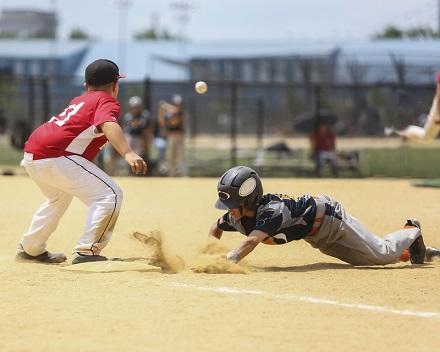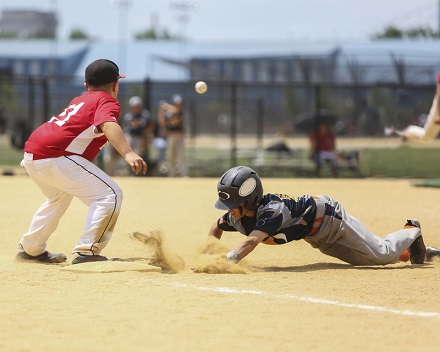

Worldwide participation in Little League baseball and softball has dropped 1.5 to 3 percent annually from its peak participation levels in the late 1990s and early 2000s, according to Kevin Fountain, Little League International’s director of media relations. The effects of that decline are being felt coast to coast — from Washington to Connecticut and everywhere in between. And travel sports are being viewed as the villain of the piece.
“People started doing this travel ball thing, and that’s sort of led to the slow death of the rec league,” Adam Osborne, baseball coach at Clarke Central High School in Athens, Ga., told the Atlanta Journal-Constitution in May.
Indeed, travel ball participation has increased, in large part because it provides players with more opportunities to improve their skills and be seen by scouts and college coaches. And with more adults in the (possibly doomed) hunt for a scholarship (and hoping for a pro career for their kids), it's likely the trend will continue.
It also is a more costly alternative for families. Nevertheless travel ball has eaten into participation numbers in the Southeast Region of Little League, which consists of Georgia, Alabama, Florida, North Carolina, South Carolina, Tennessee, Virginia and West Virginia. In 2007, the region boasted more than 47,000 baseball players between the ages of 9 and 12. In 2017, there were less than 27,000, according to the Journal-Constitution.
Other regions cite similar declines. According to numbers provided by Everett Little League in Washington to the Everett Herald, baseball and softball participation among players ages 4 to 12 fell 24 percent between 2015 and 2019.
“I don’t really see Little League losing a ton of numbers,” Ed Lundberg, president of District 1 for all Little League charters in Snohomish County, Wash., told the Herald. “There’s sort of ebbs and flows with families and communities. We have some leagues that are dropping down a bit, and we have some leagues with younger kids that are growing quite a bit. It’s really hard to say Little League or baseball or softball is losing interest.”
The Courant reports that coaches and administrators maintain that youth baseball “is far from doomed … and that player enthusiasm remains as high as ever. But they also acknowledge the challenges of sustaining leagues whose numbers are down, often steeply, from former peaks.”
For their part, event organizers may want to consider ways to in which to spark greater participation at their own local levels. The merging of Little League organizations in recent years has proven successful in some communities and helped save the sport. Other communities are lowering registration fees or encouraging more female participation.

